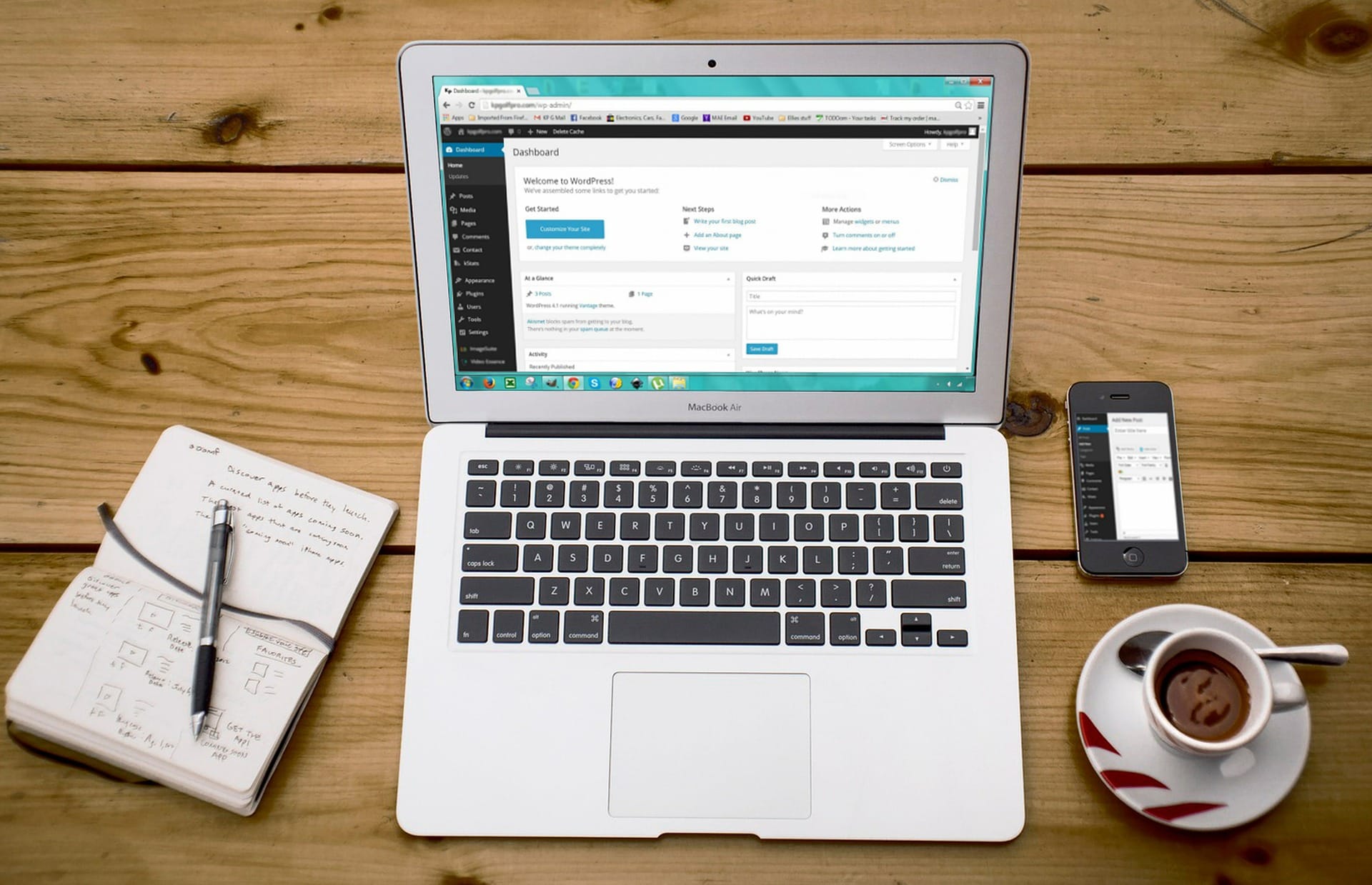Effective Email Marketing Part 3: Crafting the Perfect Email



Hello all, and welcome to our third and final post in our series on effective email marketing: (See our first and second posts). Our team has been excited to get you the final installment of our email marketing series. As promised, this post will be all about how to perfect the art of the email.
Ready? Let’s talk email!
The Myth that Email is Old-Fashioned
Spoiler alert: email isn’t dead!
Believe it or not, in 2004, PC Magazine printed an article titled, “The Death of E-Mail”, which raised this very same question - is email really still effective? Here are a few quick facts about email-use for you:
- There are more than 4.3 billion email accounts today. To put that in perspective, the world’s population is approximately 7.4 billion people. That means, roughly, every 4 in 7 people will have an email account. (That’s a lot of people!)
- 95% of online consumers use email, and 91% report that they check their email at least once a day.
- And email has an incredible Return-On-Investment (ROI) of 4300%. For every $1 you invest into email marketing, the average return is roughly $43!
We think these few facts -- and the many, many others you can find out there -- prove that email is still very much an effective tool. So, with this in mind, on to the tips!
The Art of the Email
We all know how many emails we get each day. For some, that number can be overwhelmingly large, but even if you get just a few emails a day it’s possible that only one or two of those emails will grab you and make you excited to read it.
The question then becomes: what’s the secret formula for excitement? What gives an email value? Here are some tips about how to write an email that we believe will be both exciting and valuable to your students.
1.) Have an Objective
Are you trying to inform the reader about a certain class you’ll be offering? Do you need to fill up a class? Are there only a few spots left in a class?
Keep your emails focused on a single objective. If you’re trying to accomplish three different objectives, send out three different emails on different days. Keeping your emails consistently informative and brief will help your students trust that reading your emails will be helpful and won’t take too much time out of their already busy day.
2.) Make it Personal
Just like a teacher would do in a classroom, call your email recipients and students by their names! First name, last name, or both - whatever you think is appropriate, but personally address everyone you send an email to.
Personalized emails convince the recipient that what they’re receiving is important. And, according to HubSpot, when an email is personalized, the number of people who will click on links you include in your email improves by 14%!
3.) Less is More
Keep your emails brief (try and keep it between 200-300 at the very most) and try to use verbs throughout your email. If you’re working to save a class from being cancelled due to low attendance, you could include the words “register”, or “reserve”, or “learn”, to inspire your student to check out the class offering.
Another great tip to keep in mind when drafting an email is space -- not just how many paragraphs you write, but how big your font is, which words you bold, and how much white space shows up when your email gets opened. Remember, approximately 47% of email is opened up and read on a mobile device. Keeping your fonts large, bolding important information, and creating a new paragraph for a new idea, are all good practices to keep in mind. That way, when your students open up an email from you on their cell phone, the message is easy to read.
4.) Measurements Made Easy
As with anything in life, there’s always room to grow and improve. As you start to conduct email-marketing campaigns, measuring different parts of your emails, for example, how many people are opening them, can help you know what’s working and what isn’t.
A comprehensive and easy to follow list of email measurements you may want to consider can be found here, but remember, there are programs out there to help you! MailChimp, Google Analytics, and Constant Contact all have built-in programs to help you automate your email reports and quickly diagnose what is, and isn’t working for your marketing campaigns.
You’re Ready to Get Emailing
You’ve made it! Congratulations on reading through our effective email-marketing series, and thank you for joining us! We hope you found this series helpful and informative. Remember, when it comes to an email:
- Have an objective
- Make it personal
- Less is more
- And, make measurements easy
If you find that any pieces of advice included in this series helped you with your own email-marketing, let us know! Send us a message at support@coursestorm.com, and we’ll be sure to feature success stories! Or, of course, if you have any questions, we’re always happy to answer those, too. :)
Stay tuned for more exciting updates, informative blog-series, and news. The CourseStorm team is hard at work, and we can’t wait to share with all of you what we’ve been up to!


.png)



